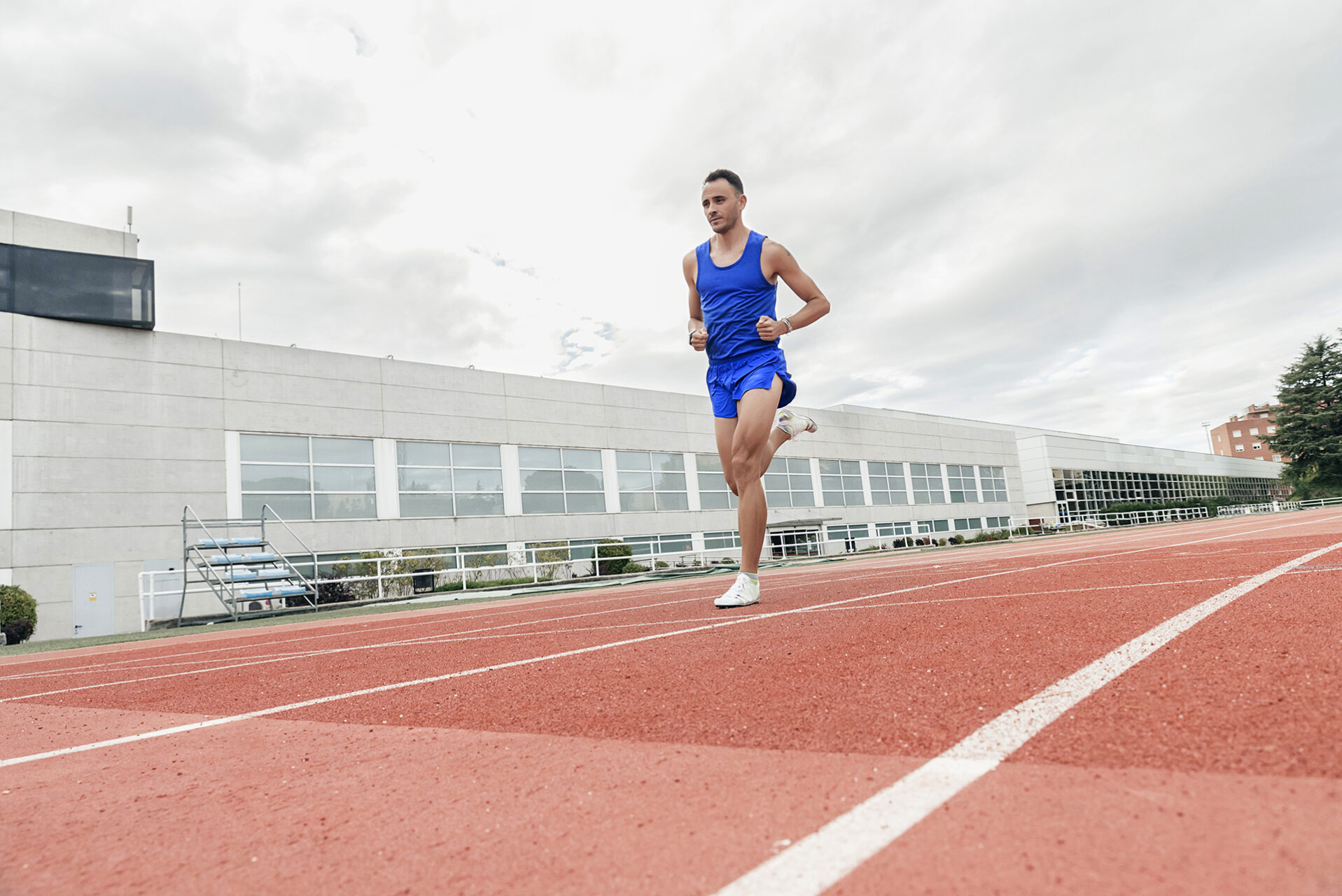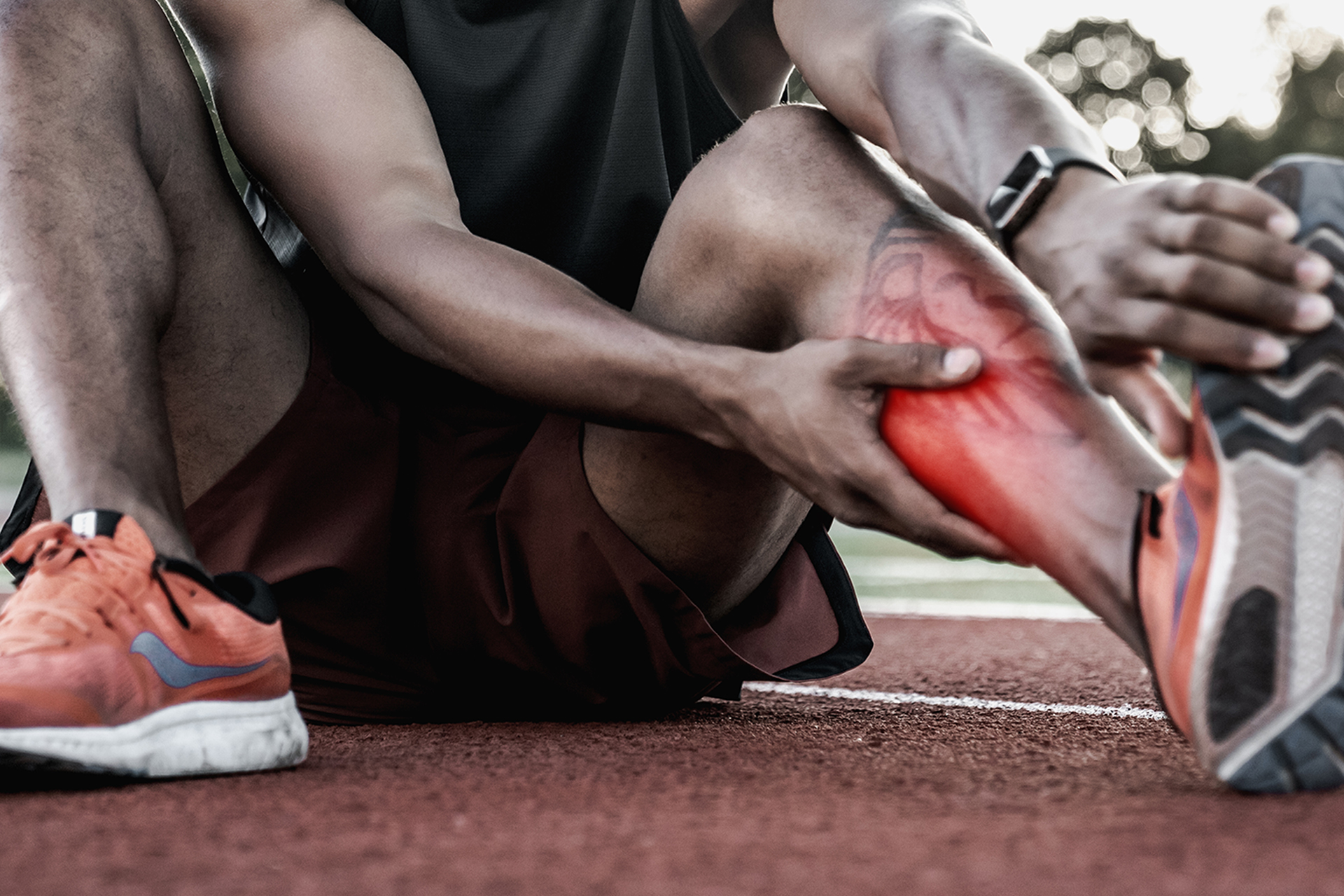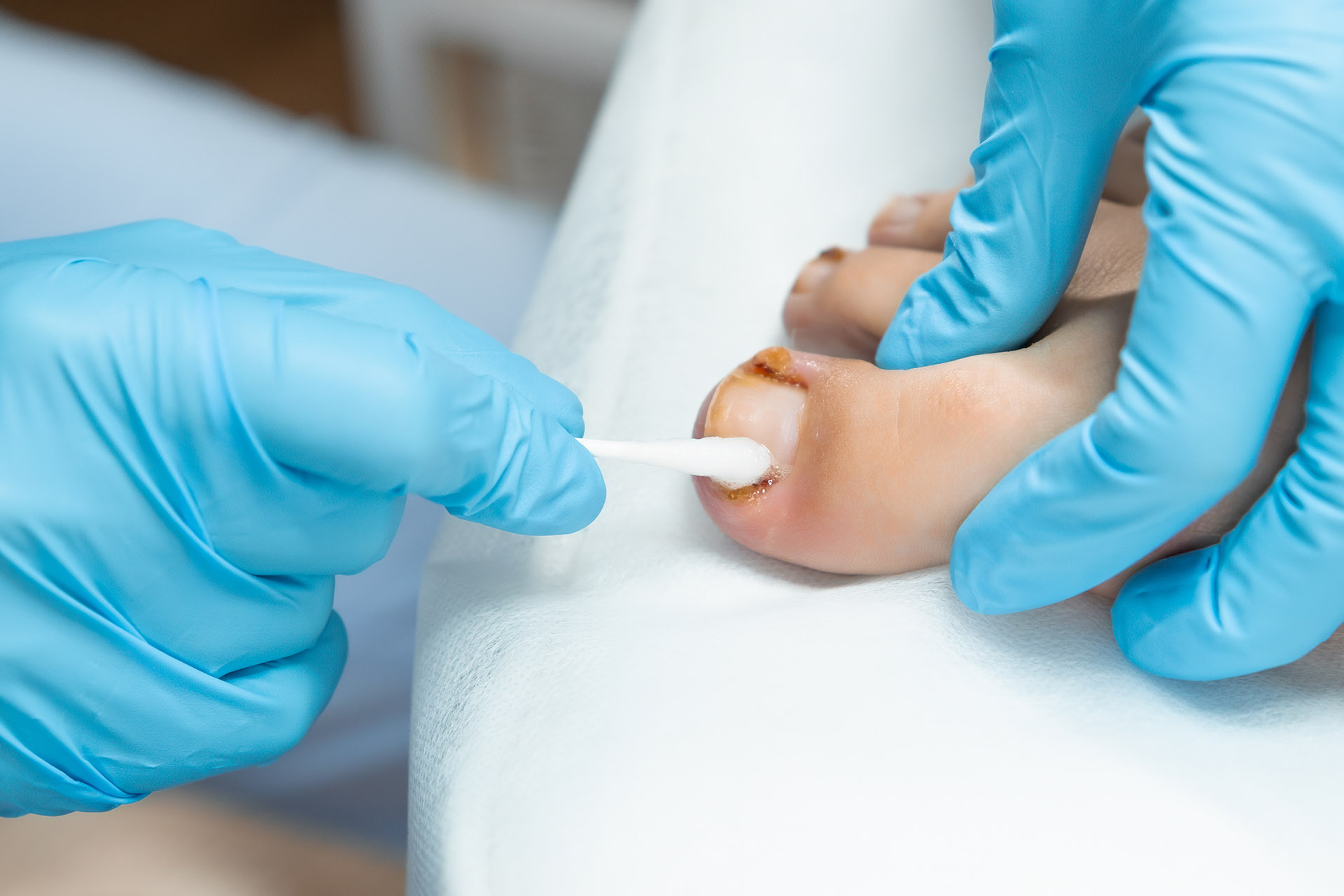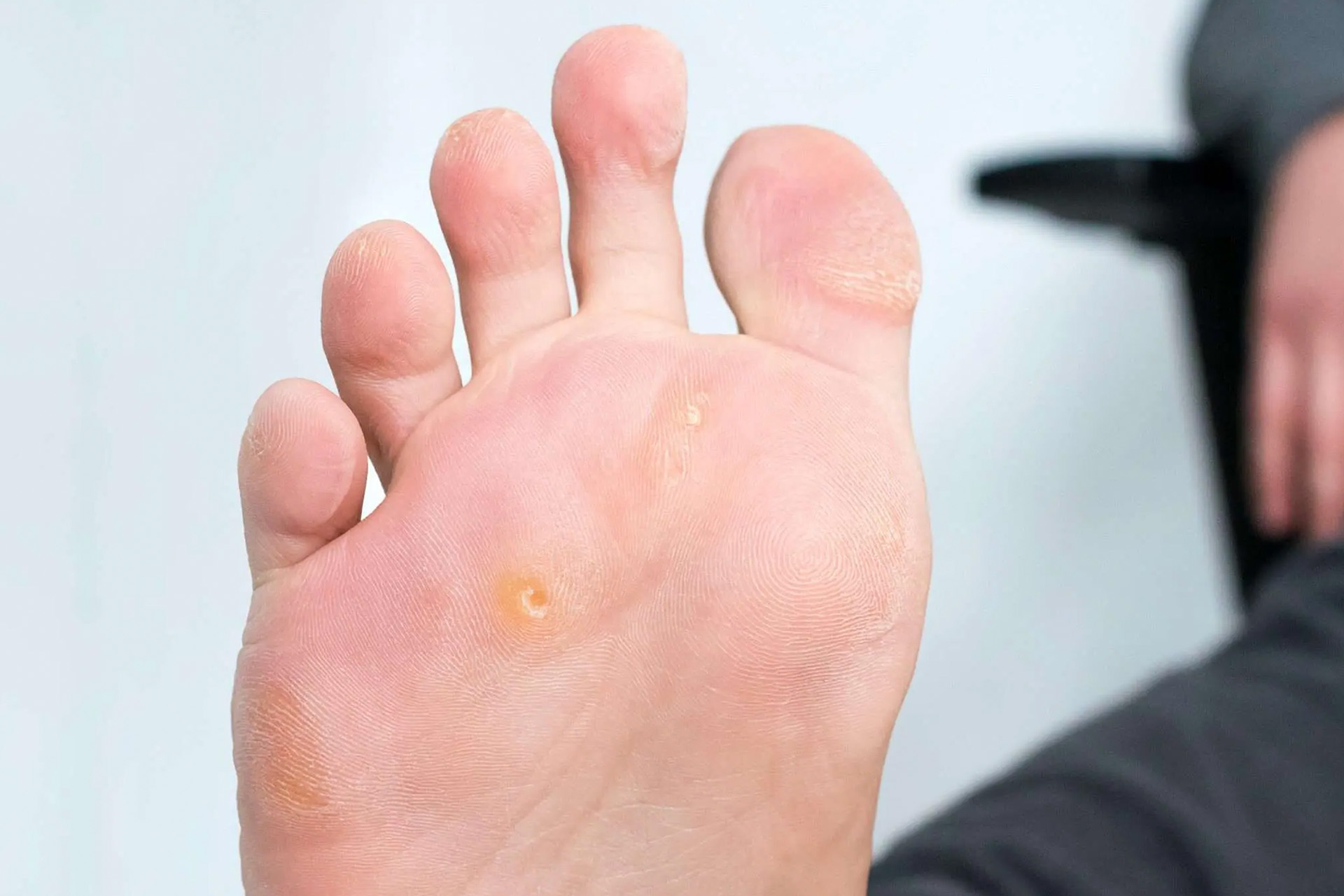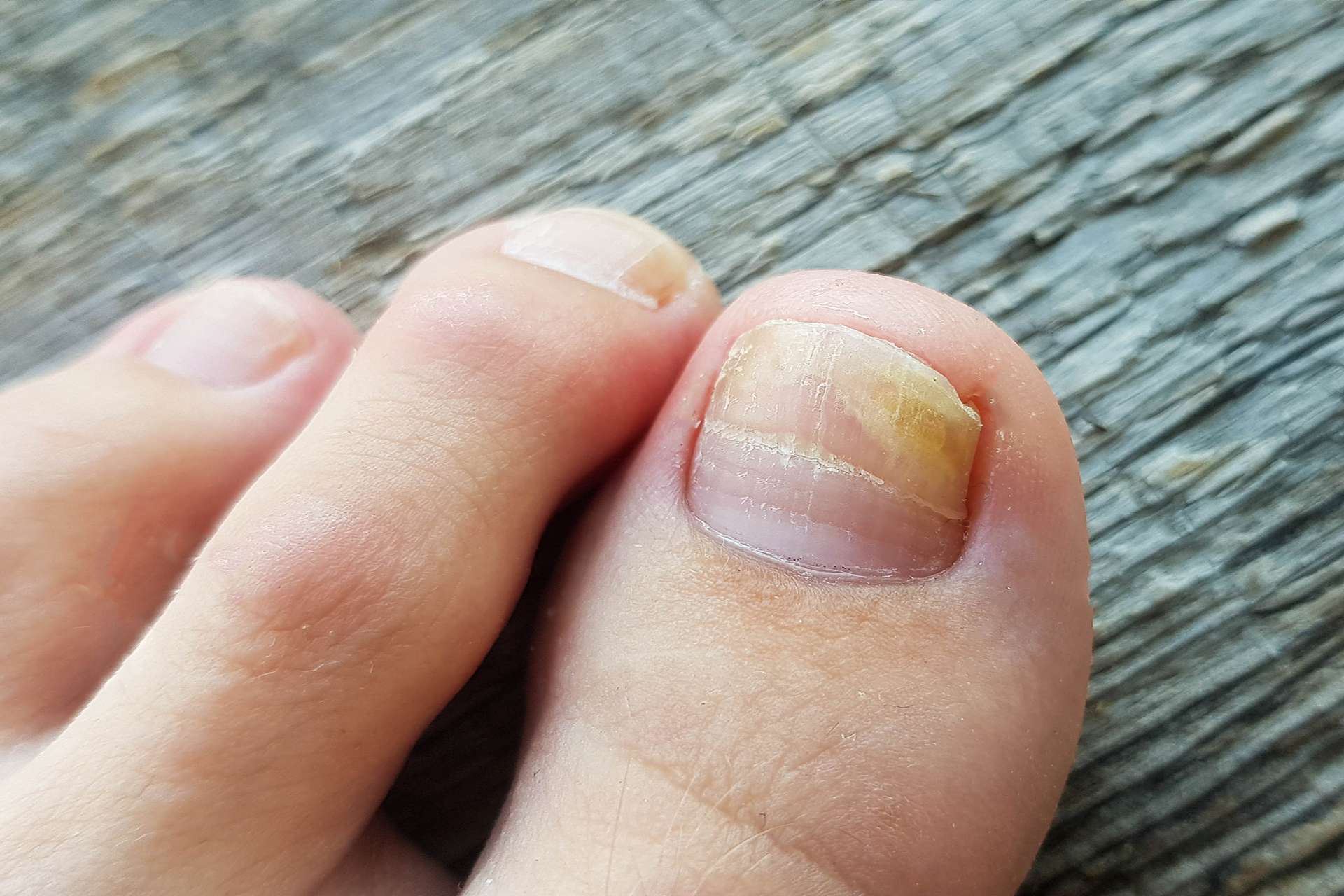Causes of Hallux Valgus Deformity
Hallux valgus is a condition involving the foot’s first metatarsal bone, where it begins to angle inwards, often towards the other toes and away from the second toe. This causes excessive pressure on the joints around the big toe and can lead to pain, but there are options for hallux valgus treatment.
Hallux valgus deformity can be caused by different factors such as genetics, injury, arthritis and improper footwear. The severity level depends on how much pain the patient feels and what degree of bunion formation has occurred. The condition has been associated with many systemic conditions, such as rheumatoid arthritis, diabetes mellitus type II, and obesity.
While there are numerous non-surgical treatments available for hallux valgus, including orthoses and supportive shoes, surgical intervention may be necessary for extreme cases to relieve pressure to relieve pressure on the first metatarsophalangeal joint and restore the arch height.
Hallux Valgus Symptoms, Diagnosis and Treatment
The most common symptom of hallux valgus is pain at the base of your big toe or along the inside edge of your foot. It can also cause numbness and tingling sensations in some instances. People with hallux valgus are more prone to developing bunions. However, not everyone who develops a bunion has hallux valgus.
When diagnosing and treating hallux valgus vs bunion, there are several options for patients. Treatment can be conservative, non-surgical, or surgical, depending on the severity of the condition.
Conservative treatment is a non-surgical treatment option where orthoses are prescribed. These are shoe insoles that distribute weight away from your bunion. Insoles can be custom-made to fit inside your shoes and provide support to help decrease pain and inflammation at the big toe joint. Beyond orthoses, pain medication or palliative footwear recommendations can help decrease discomfort caused by hallux valgus.
Hallux valgus treatment in Singapore will depend on a podiatric assessment and factors such as your age, health status, and activity level. You should see a podiatrist if you suspect that you may have hallux valgus vs bunion because they will be able to tell what is causing your pain and prescribe a treatment plan for you. The condition may be a result of other lower limb conditions or imbalances.
Surgical intervention may be required to correct the deformity to realign the first metatarsal and relieve pressure on your big toe allowing it to heal.
Hallux Valgus in Athletes
Hallux valgus is usually a genetically predisposed condition that runs in families. However, there are secondary factors that can cause significant discomfort. People with sedentary lifestyles may never notice discomfort or pain during daily activities.
For athletes like runners, the repetitive force of impact of the foot to the ground can exacerbate the issue. Many runners tend to pronate inward when their foot strikes the ground. Ill-fitting shoes or poor form can create ongoing strain as the big toe angles towards the other toes causing pain to the joint.
Hallux valgus correction for the athlete may start with simply addressing shoe fit. The Foot Practice often gets patients who come into the clinic in Singapore who tell us that the pain is felt most prominent where the bone protrudes and rubs against the shoe. Pain can also be felt in other areas of the foot, such as the second metatarsal underneath the ball, where the significant toe shifts inward.
By pinpointing biomechanical imbalances, adjustments can be made to running form through cutting-edge 3D Gait Analysis infrared technology to correctly distribute the weight from being transferred to the subsequent bone. Our sports podiatrists may also recommend custom orthoses designed explicitly for runners suffering from this condition. Although orthoses won’t cure hallux valgus, they will slow down the progression of the condition by relieving pressure on other parts of the foot to restore proper running form.
Even with no foot symptoms, there might be effects on the rest of the body. We frequently see issues with lower back discomfort following instability issues through the foot. There are many effective treatments to reduce hallux valgus pain, depending on how severe the case may be, from a Footwear Assessment, 3D Gait Analysis or Custom Orthotics.
Whether you want to relieve hallux valgus pain from walking, running or injury, make an appointment with The Foot Practice today.


